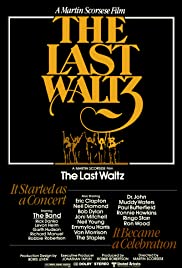
Martin Scorsese’s documentary intertwines footage from “The Band’s” incredible farewell tour with probing backstage interviews and featured performances by Eric Clapton, Bob Dylan, Joni Mitchell, Van Morrison, and other rock legends.
You May Also Like
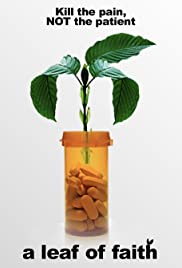
Documentary exploring a plant-based alternative to Opioid painkillers, which are responsible for the deaths of 30,000 Americans a year. It comes from a tree named Kratom, and it is able to alleviate pain and help overcome addiction without many of the side effects of Opioids.

Atsushi Sakahara, a victim of the 1995 sarin gas attack in Tokyo’s subway system, travels with Hiroshi Araki, an executive of Aleph (formerly Aum Shinrikyo), the attack’s perpetrators, visiting their respective hometowns and the university they both attended. Conversations unfold, building intimacy: we learn why Araki joined the infamous organization led by Shoko Asahara and why, still, Araki remains an executive member of the cult, even though he was not directly involved in any of the crimes.The beginning of a friendship, a trip for redemption, or the confirmation that each human has to go their own way.

Primary is a documentary film about the primary elections between John F. Kennedy and Hubert Humphrey in 1960. Primary is the first documentary to use light equipment in order to follow their subjects in a more intimate filmmaking style. This unconventional way of filming created a new look for documentary films where the camera’s lens was right in the middle of what ever drama was occurring. Preserved by the Academy Film Archive in partnership with The Film Foundation in 1998.

Explore the unlikely partnership and enduring legacy of one of the most prolific power couples in entertainment history. Lucille Ball and Desi Arnaz risked everything to be together.

A realistic character study of a young man in his early 20s negotiating a disintegrating relationship with an ambitious artist/photographer girlfriend and an ascending fling with an adventurous floater, as well as pressures from his family and society to go to college/make steps toward success, all the while becoming increasingly interested in the questionably viable life of playing guitar.

Auschwitz-Birkenau was designed to kill. Four gas chambers murdered thousands at a time, belching out smoke and human ashes. Starvation, thirst, disease, and hard labor reduced the average lifespan to less than three months. More than 1-million people perished in the largest German Nazi concentration and extermination camp. Seventy years after her liberation, Kitty Hart-Moxon makes a final return to Auschwitz-Birkenau to walk among the crumbling memorial with students Natalia and Lydia, who, at 16, are the same age now as she was then. As Kitty tells them her story of daily existence, themes begin to emerge: the ever-present threat of death, resilience, friendship, human strength, resisting the Nazis’ constant lethal intent, and living like an animal while still remaining human. Natalia and Lydia ask questions; Kitty provides answers, passing her legacy to the next generation.

Amidst the protests for freedom in Hong Kong, a domestic worker plans to break free and run wild, towards her dreams of independence, romantic love, and true motherhood.

Martin Shaw takes a fresh look at one of the most famous war stories of them all. The actor, himself a pilot, takes to the skies to retrace the route of the 1943 raid by 617 Squadron which used bouncing bombs to destroy German dams. He sheds new light on the story as he separates the fact from the myth behind this tale of courage and ingenuity. Using the 1955 movie The Dam Busters as a vehicle to deconstruct the raid, he tries to piece together a picture of perhaps the most daring attack in the history of aviation warfare.
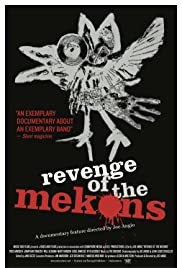
Documentary about the Mekons.
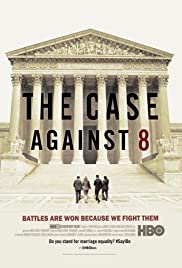
A behind-the-scenes look inside the case to overturn California’s ban on same-sex marriage. Shot over five years, the film follows the unlikely team that took the first federal marriage equality lawsuit to the U.S. Supreme Court.
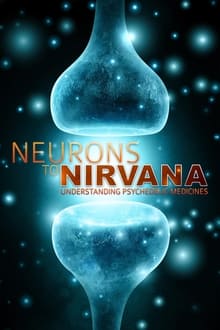
Through interviews with leading psychologists and scientists, Neurons to Nirvana explores the history of four powerful psychedelic substances (LSD, Psilocybin, MDMA and Ayahuasca) and their previously established medicinal potential. Strictly focusing on the science and medicinal properties of these drugs, Neurons to Nirvana looks into why our society has created such a social and political bias against even allowing research to continue the exploration of any possible positive effects they can present in treating some of today’s most challenging afflictions.
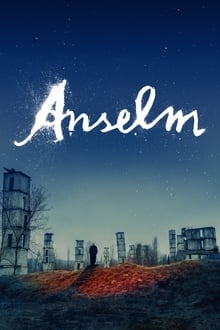
This unique cinematic experience dives deep into an artist’s work and reveals his life path, inspiration, and creative process. It explores his fascination with myth and history. Past and present are interwoven to diffuse the line between film and painting, allowing the audience to be completely immersed in the remarkable world of one of the greatest contemporary artists, Anselm Kiefer. Wim Wenders shot this unique portrait over the course of two years in stunning 3D.